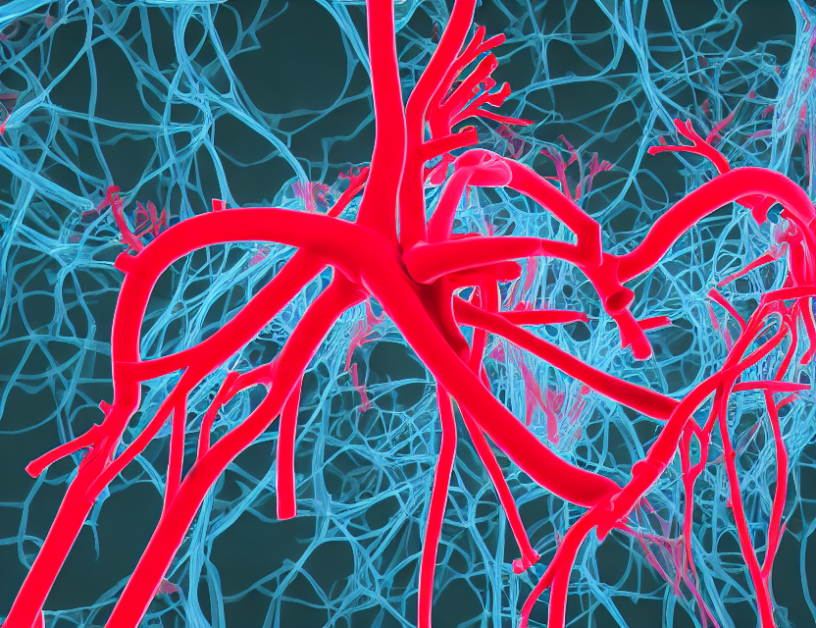As a medical professional, you understand the importance of accurate diagnosis in heart disease detection. In this article, we will delve into the perception area and explore how it can be utilized to improve diagnosis accuracy. We will demystify complex concepts by using everyday language and engaging metaphors or analogies to make the information more accessible and easier to comprehend.
The Perception Area: A Key to Accurate Diagnosis
The perception area is a critical component of heart disease diagnosis, as it enables doctors to identify subtle changes in the heart’s structure and function. Essentially, the perception area involves analyzing medical images to detect even slight abnormalities in the heart’s shape, size, or motion.
Imagine your heart as a complex machine with many moving parts. Just like a car engine, each part of your heart has a specific function, such as pumping blood or regulating rhythm. When one of these parts fails or malfunctions, it can cause significant problems throughout the entire system. By analyzing medical images using the perception area, doctors can identify these subtle abnormalities and diagnose heart disease earlier, potentially preventing more severe complications later on.
Achieving Accurate Diagnosis through Non-local RNN and Temporal Convolution
So how does the perception area achieve such accuracy in detecting heart disease? The answer lies in the use of non-local RNN and temporal convolution. Non-local RNN allows doctors to analyze the entire medical image, not just one small section, by capturing long-range dependencies. This is like having a superpower that enables you to see the big picture instead of just focusing on one tiny detail.
Temporal convolution, on the other hand, enables doctors to analyze how the heart functions over time. Imagine recording a movie of your heart beating – temporal convolution allows doctors to "freeze" that movie and examine each frame in great detail, identifying any irregularities or changes. This is like having a slow-motion camera that captures every tiny detail of your heart’s motion.
Achieving Balance between Accuracy and Speed
While accuracy is crucial in diagnosis, speed is equally important, especially in real-world implementations. Fortunately, the perception area achieves a remarkable balance between accuracy and processing speed, making it an ideal choice for heart disease diagnosis. This is like having a superhero cape that enables you to fly fast while still maintaining precision – a true double win!
Conclusion: The Perception Area Leads the Way in Accurate Heart Disease Diagnosis
In conclusion, the perception area is a powerful tool in heart disease diagnosis, enabling doctors to detect subtle abnormalities in medical images with unparalleled accuracy. By demystifying complex concepts using everyday language and engaging analogies, we hope to have made this topic more accessible and easier to comprehend for the average adult. Whether you are a medical professional or simply interested in learning about heart disease diagnosis, understanding the perception area is essential for advancing our knowledge and improving patient outcomes. So the next time you encounter a heart disease diagnosis, remember the perception area – it could be the key to accurately identifying the issue and providing effective treatment!



